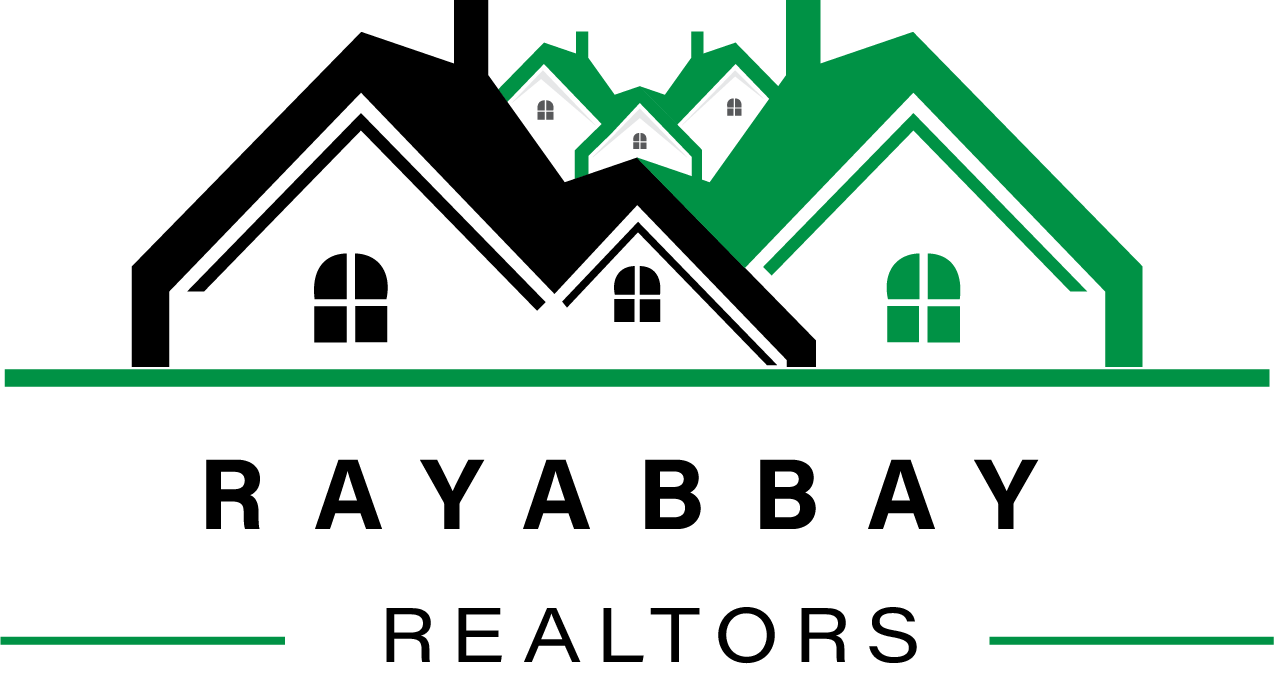A guide to Home Equity Line of Credit

In the realm of homeownership, financial tools like Home Equity Line of Credit offer a versatile means of accessing funds. We'll delve into the concept of HELOC, exploring what it is, how it works and potential benefits it can provide homeowners.
What is Home Equity Line of Credit
Home Equity Line of Credit is a financial product that allows homeowners to leverage equity in their homes to secure a line of credit. Unlike a traditional loan, HELOC functions as a revolving credit line, providing homeowners with the flexibility to borrow funds as needed up to a predetermined limit.
How does HELOC work?
Equity Utilization
HELOC is secured by the equity in your home, which is the difference home's current market value and the mortgage balance. The equity serve as collateral for the line of credit.
Revolving credit
HELOC operates similarly to a credit card. Once approved, homeowners can borrow funds up to the established credit limit during the draw period, usually 5-10 years. The draw period is followed by a repayment period.
Variable interest rates
HELOCs often come with variable interest rates, meaning the interest rates can fluctuate based on market conditions. This can result in changes to monthly payments.
Interest only payment during draw period
During the draw period, borrowers may be required to make interest-only payments. This provides flexibility but requires careful financial management.
Conversion to fixed rate
Some HELOCs offer the option to convert the outstanding balance to a fixed-rate loan during the repayment period, providing stability for borrowers concerned about interest rate fluctuations.
Benefits of HELOC
Flexible Access to Funds:
HELOC provides homeowners with the flexibility to access funds as needed, making it suitable for various financial needs, such as home improvements, education expenses, or debt consolidation.
Lower Interest Rates:
HELOCs often have lower interest rates compared to other forms of credit, making them a cost-effective option for borrowing.
Lower Interest Rates:
HELOCs often have lower interest rates compared to other forms of credit, making them a cost-effective option for borrowing.
Interest Tax Deductions:
In certain situations, the interest paid on a HELOC may be tax-deductible, particularly if the funds are used for home-related expenses. Consultation with a tax advisor is recommended.
Potential for Appreciation:
As property values increase, the equity in a home grows, potentially expanding the available credit limit on a HELOC.
Considerations and Caution:
Variable Interest Rates:
The variability of interest rates can lead to fluctuations in monthly payments, impacting the overall cost of borrowing.
Property as Collateral:
Defaulting on HELOC payments can result in the risk of foreclosure, as the property serves as collateral for the line of credit.
Discipline in Repayment:
Borrowers must exercise discipline in repaying the HELOC to avoid accumulating significant debt during the draw period.
Conclusion:
Home Equity Line of Credit (HELOC) offers homeowners a dynamic financial tool to unlock the value of their homes. Whether used for major expenses or ongoing financial needs, HELOC provides flexibility and potential cost savings. However, it requires careful consideration and financial discipline to ensure that homeowners maximize the benefits while minimizing potential risks. By understanding the workings of HELOC, homeowners can make informed decisions to enhance their financial flexibility and achieve their goals.
